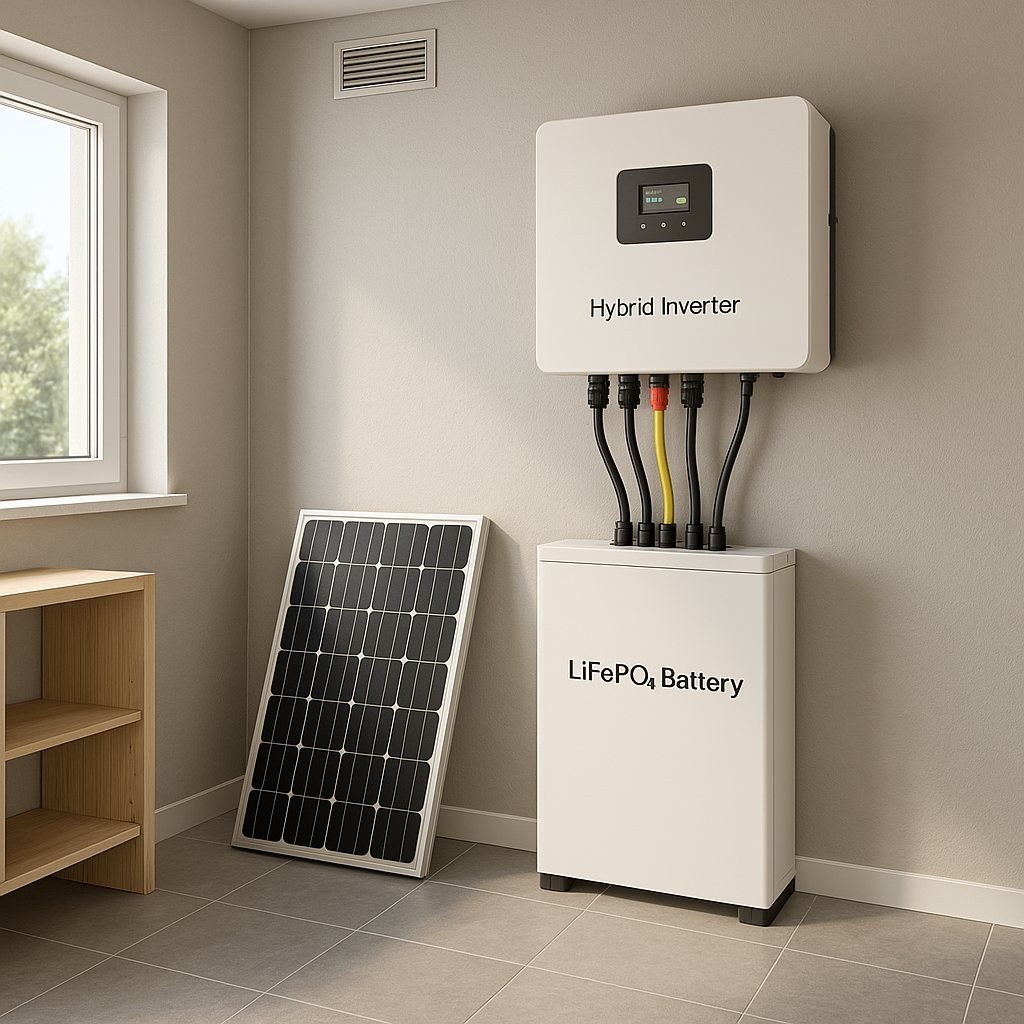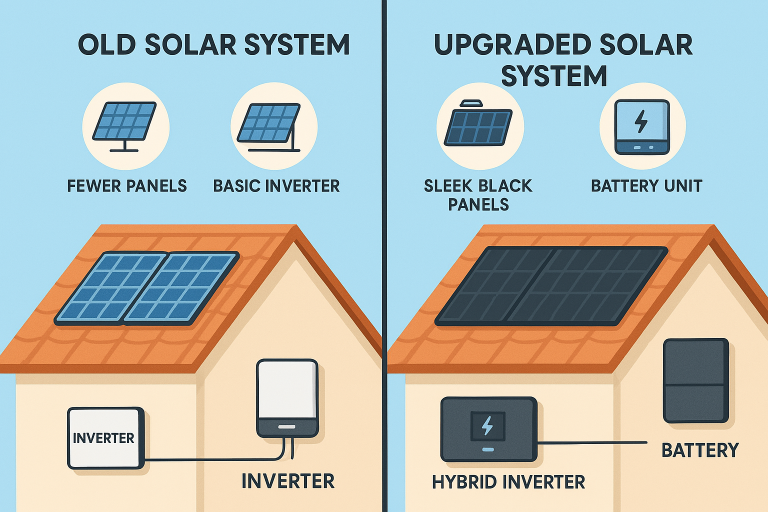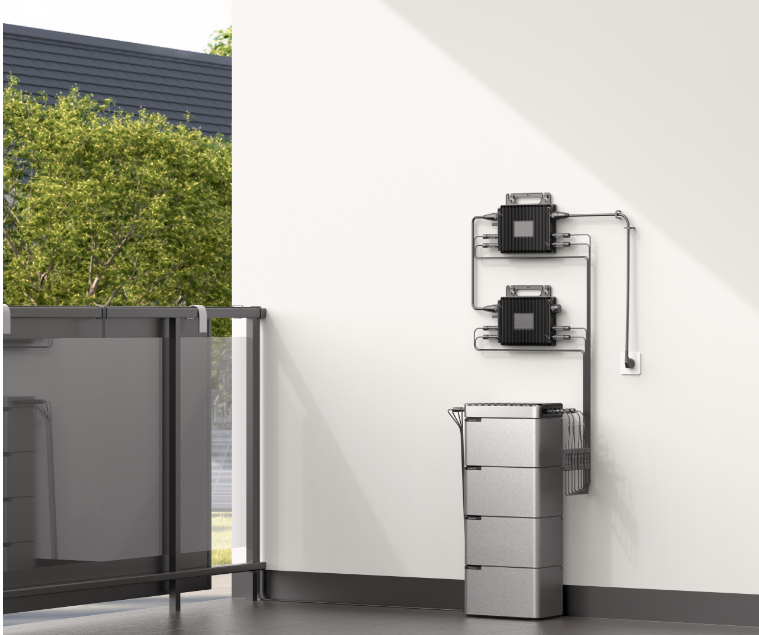1. Know Your Battery Type
Different battery chemistries have different characteristics:
| Battery Type | Typical Lifespan | Cycle Life | Features |
|---|---|---|---|
| Lead-Acid (AGM/GEL) | 3–5 years | 500–1,200 cycles | Low cost, but bulky & less safe |
| LiFePO₄ (Lithium Iron Phosphate) | 10–15 years | 3,000–6,000+ cycles | Long life, safe, high efficiency |
If your system uses LiFePO₄, it’s already a great start — but good care is still necessary to get full value.
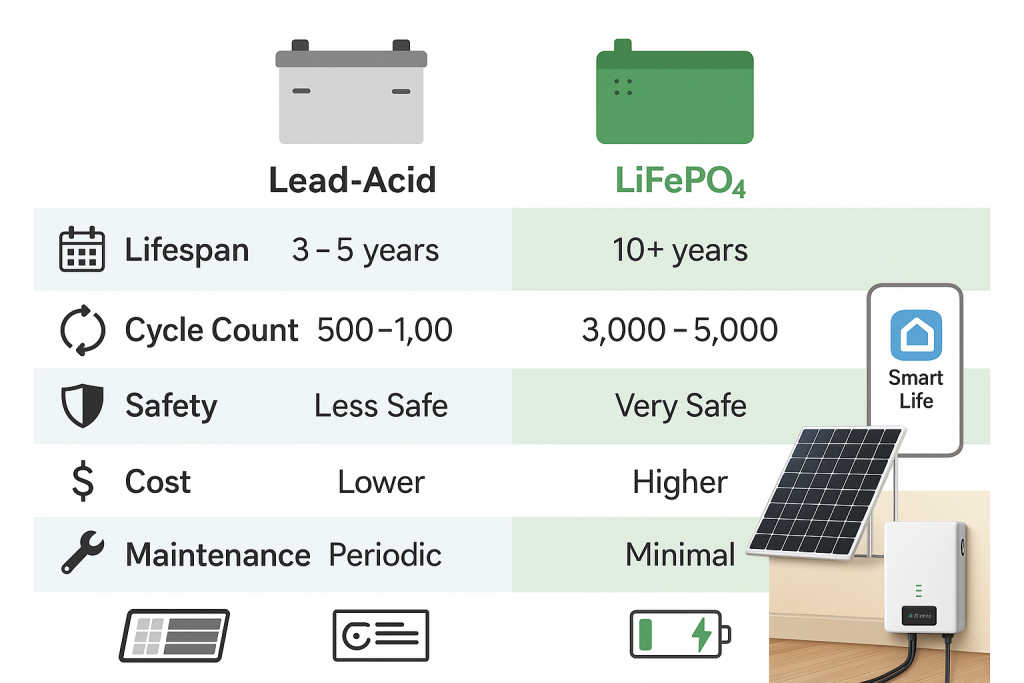
2. Avoid Full Discharges & Overcharges
Keeping your battery between 20% and 90% state-of-charge (SOC) is ideal. Avoid draining it to 0% or consistently charging to 100%.
? Tip: Most hybrid inverters or smart BMS (Battery Management Systems) allow users to set charge/discharge limits.
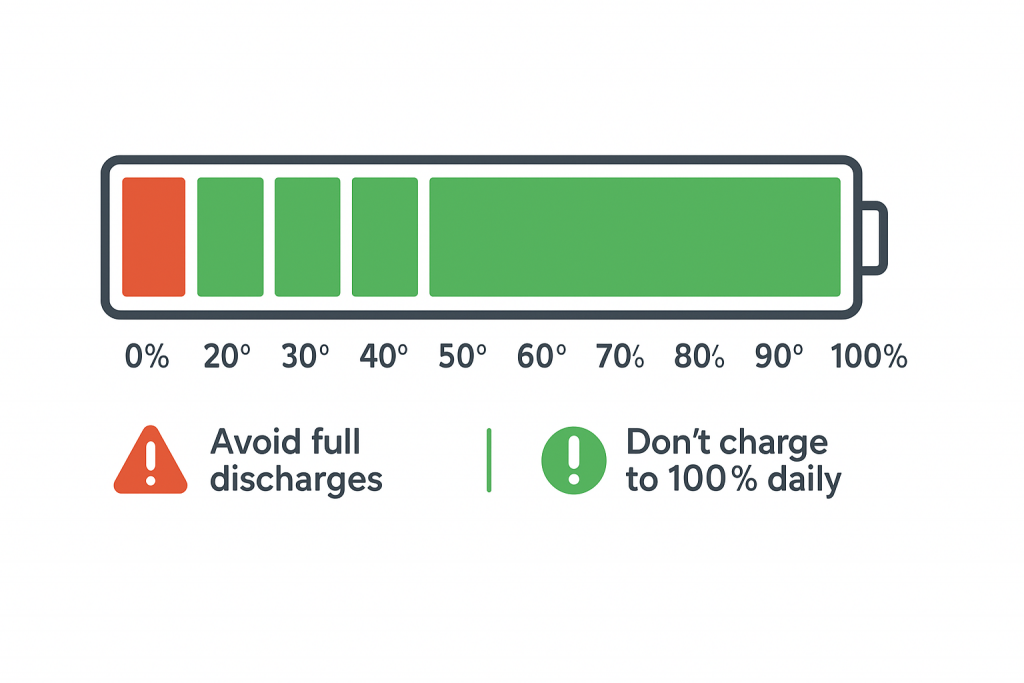
3. Maintain a Stable Temperature Range
Solar batteries perform best in 15°C–30°C (59°F–86°F). High temperatures accelerate degradation, and sub-zero temperatures reduce charge efficiency.
? Avoid placing batteries in:
- Direct sunlight
- Uninsulated outdoor sheds
- Unventilated, enclosed cabinets
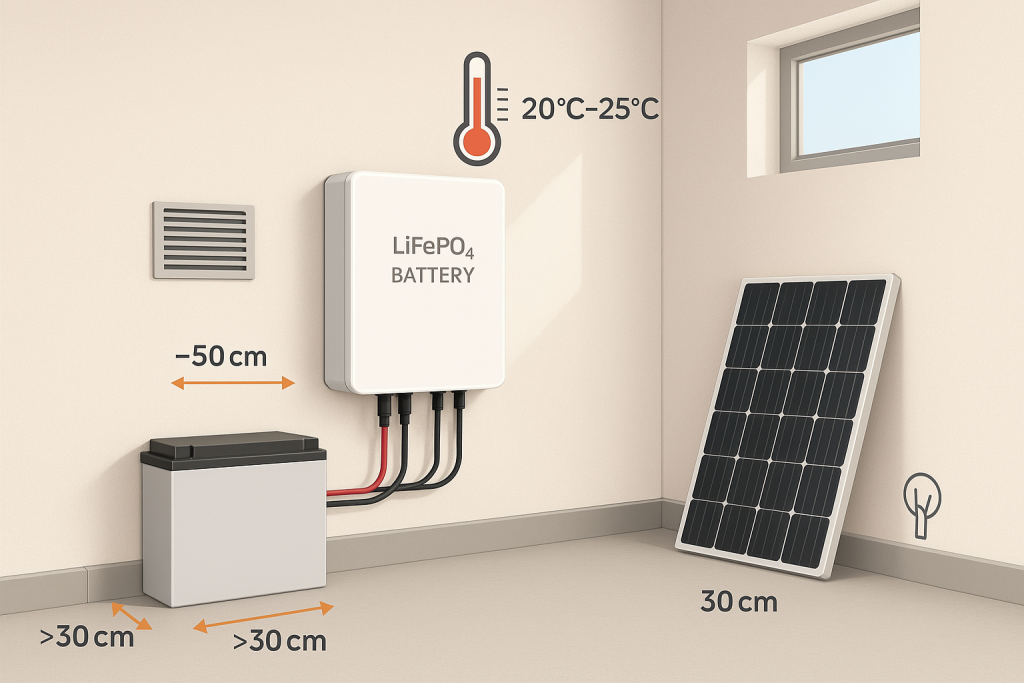
4. Monitor with Smart Apps
Modern systems (like those using Tuya Smart or Smart Life) allow real-time monitoring of:
- ? Battery charge/discharge cycles
- ? Internal temperature
- ⚠️ Faults, alerts, and system health
- ? Historical performance data
This helps detect early signs of failure and optimize usage patterns.
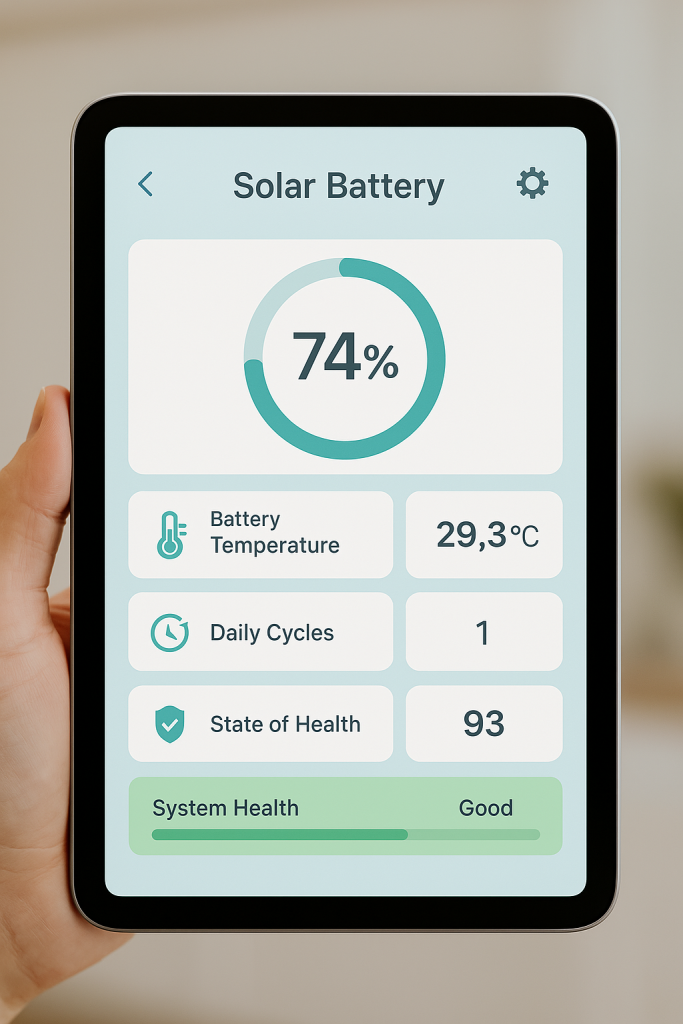
5. Perform Occasional Maintenance Checks
While most lithium systems are maintenance-free, we recommend:

Conclusion: Smart Habits = Longer Battery Life
With proper care, monitoring, and installation environment, your solar battery can serve your home for a decade or more — delivering both financial and energy security benefits.
? Take care of your battery, and it will take care of you — even when the grid doesn’t.

